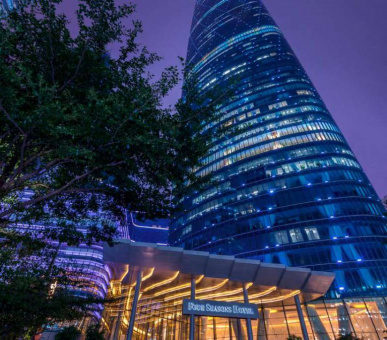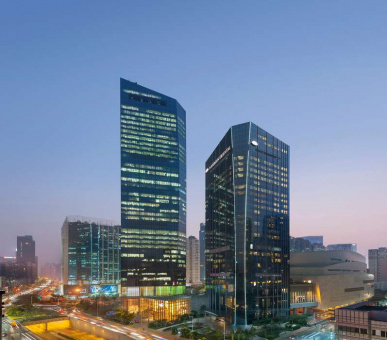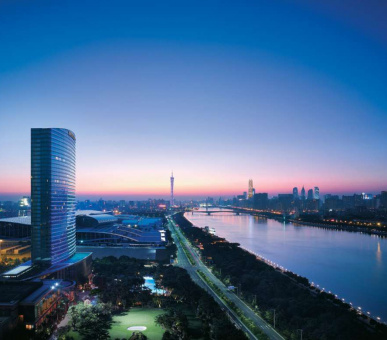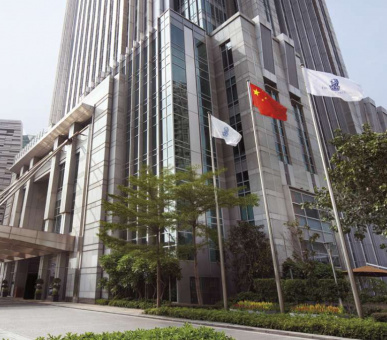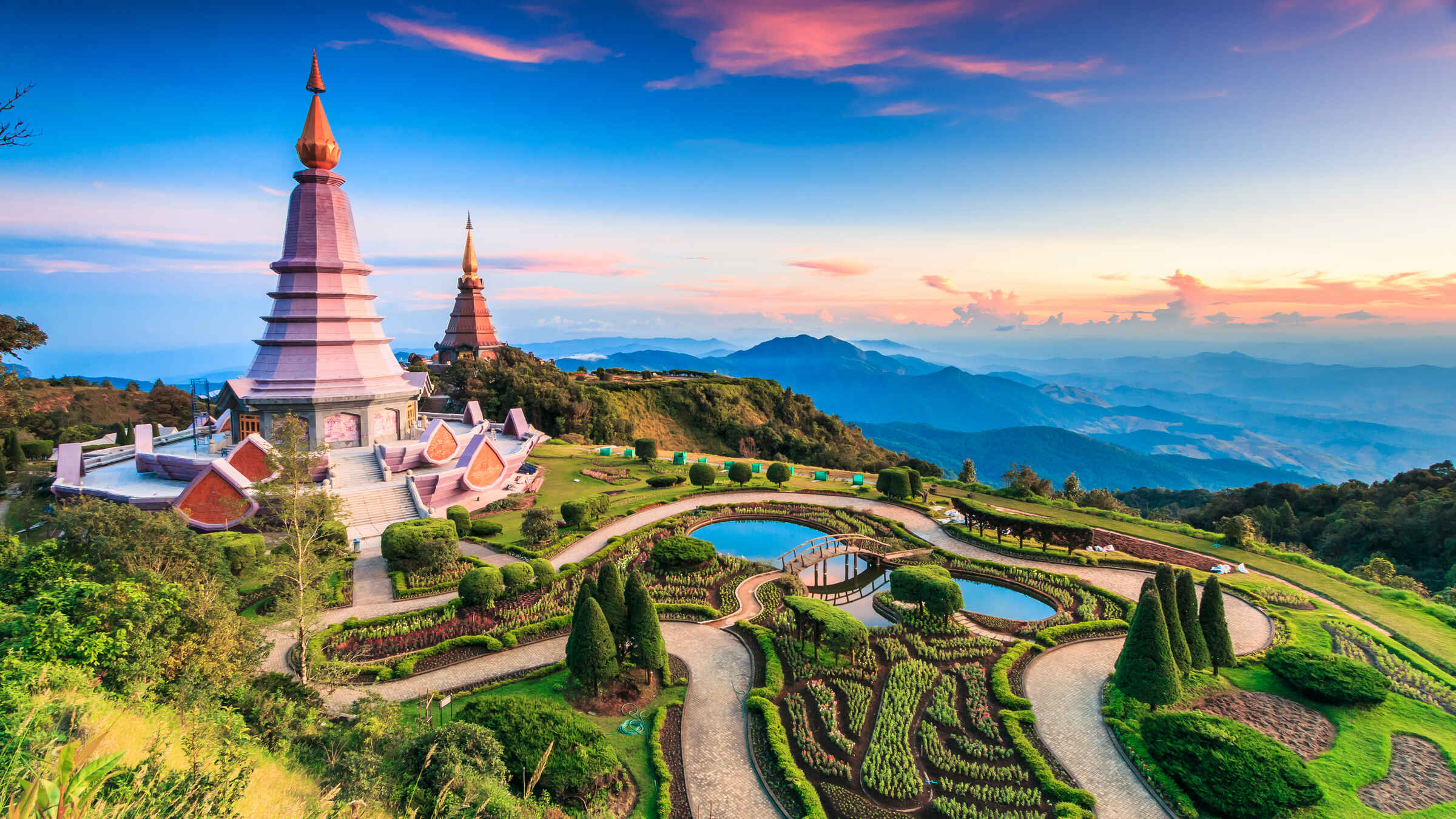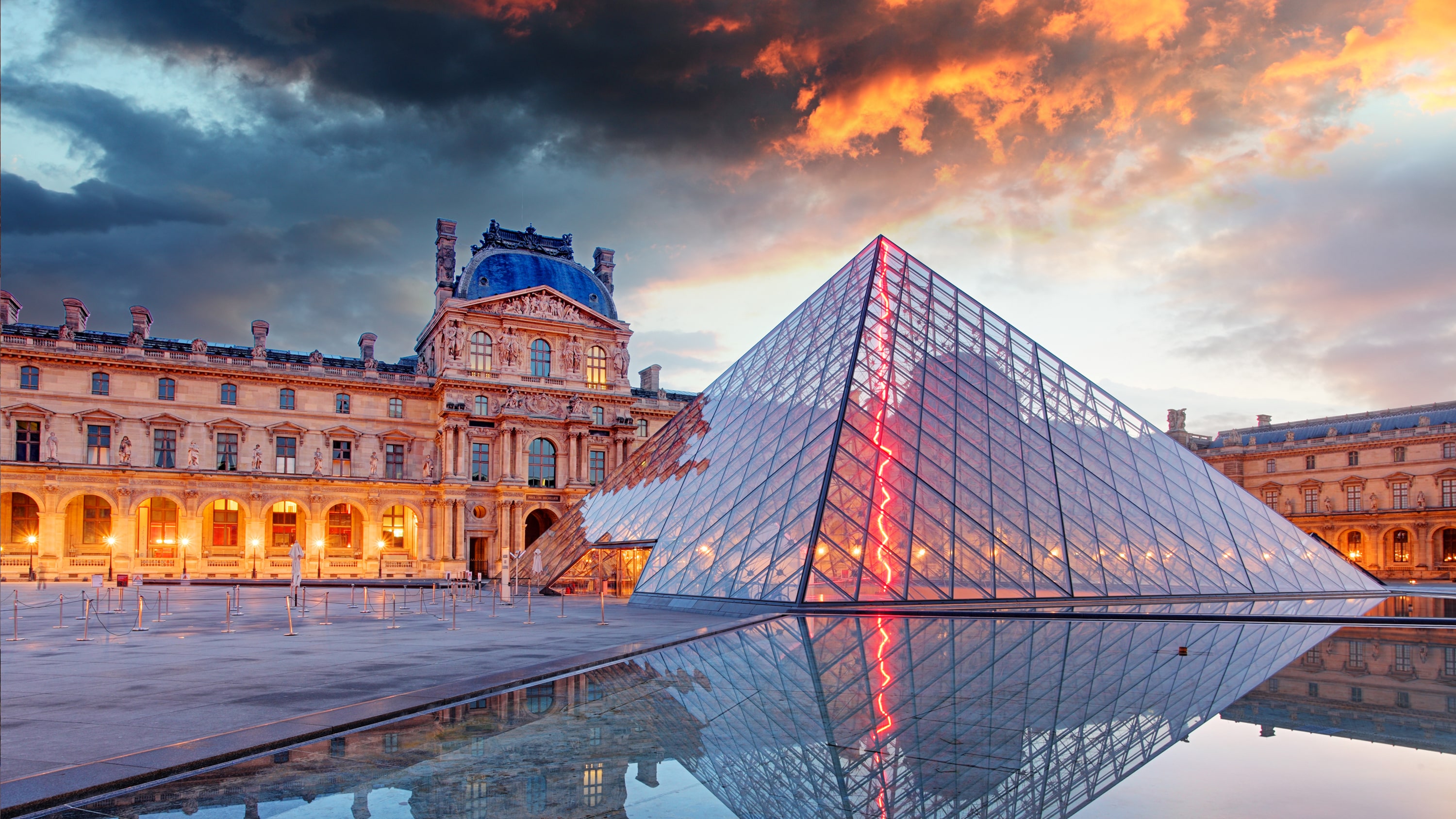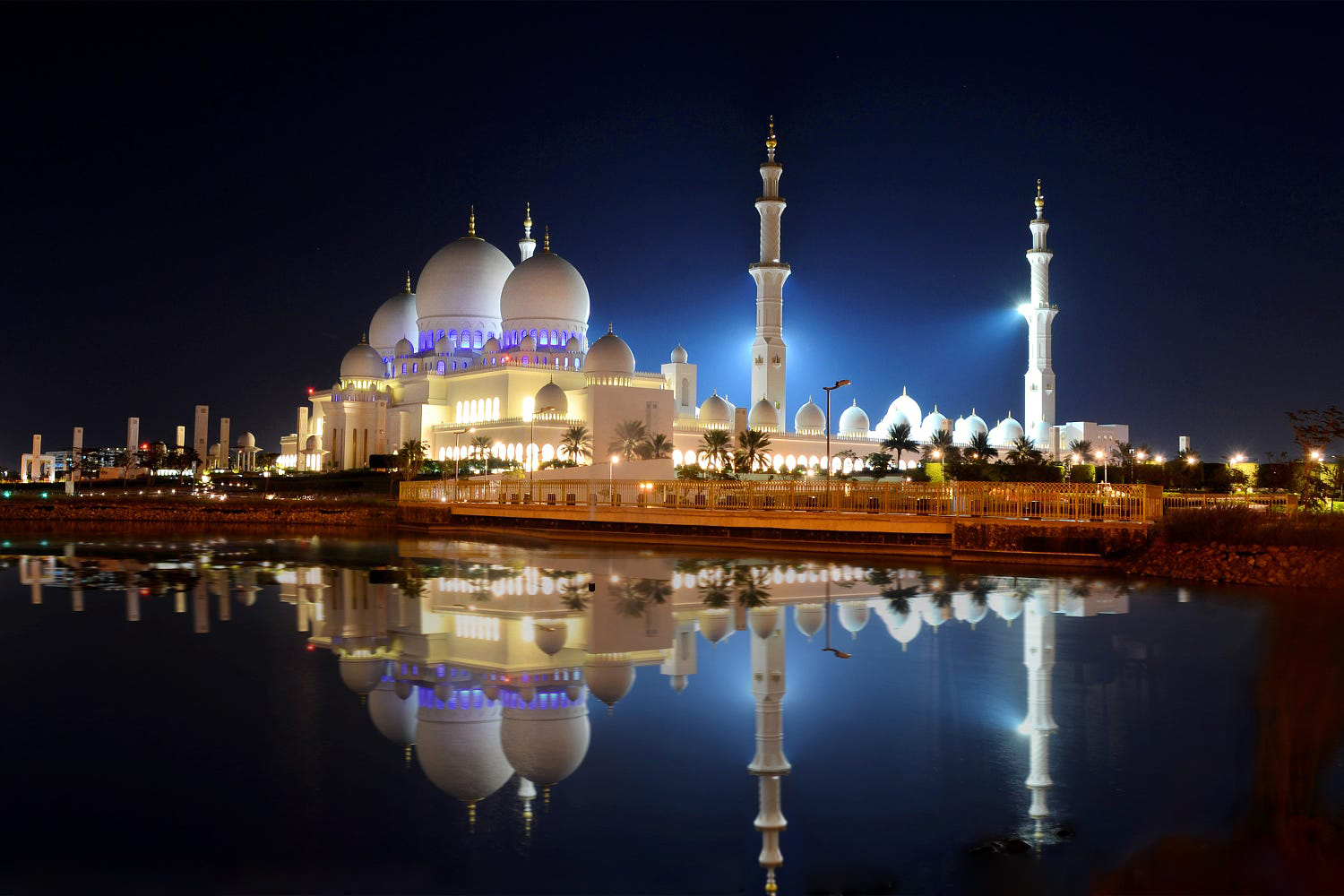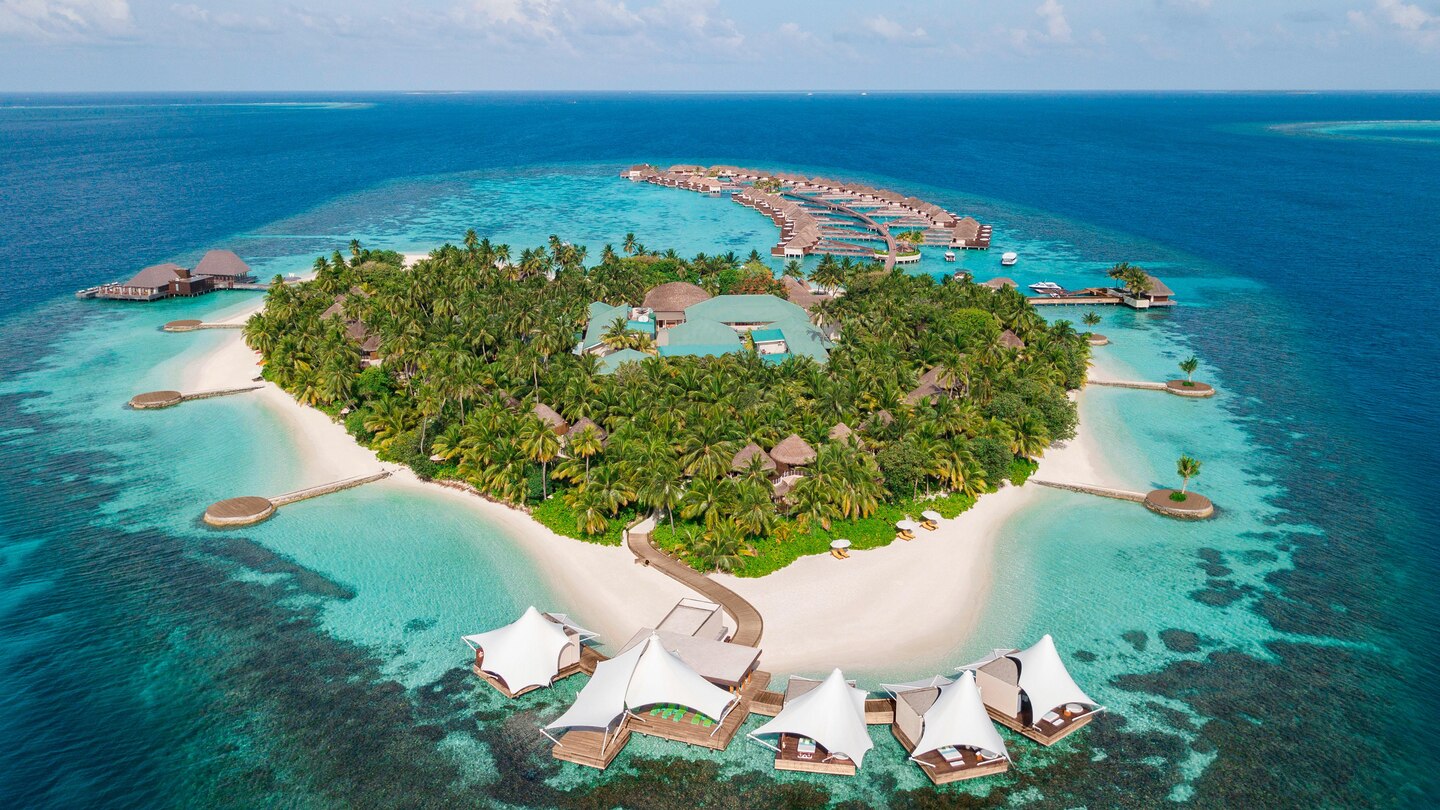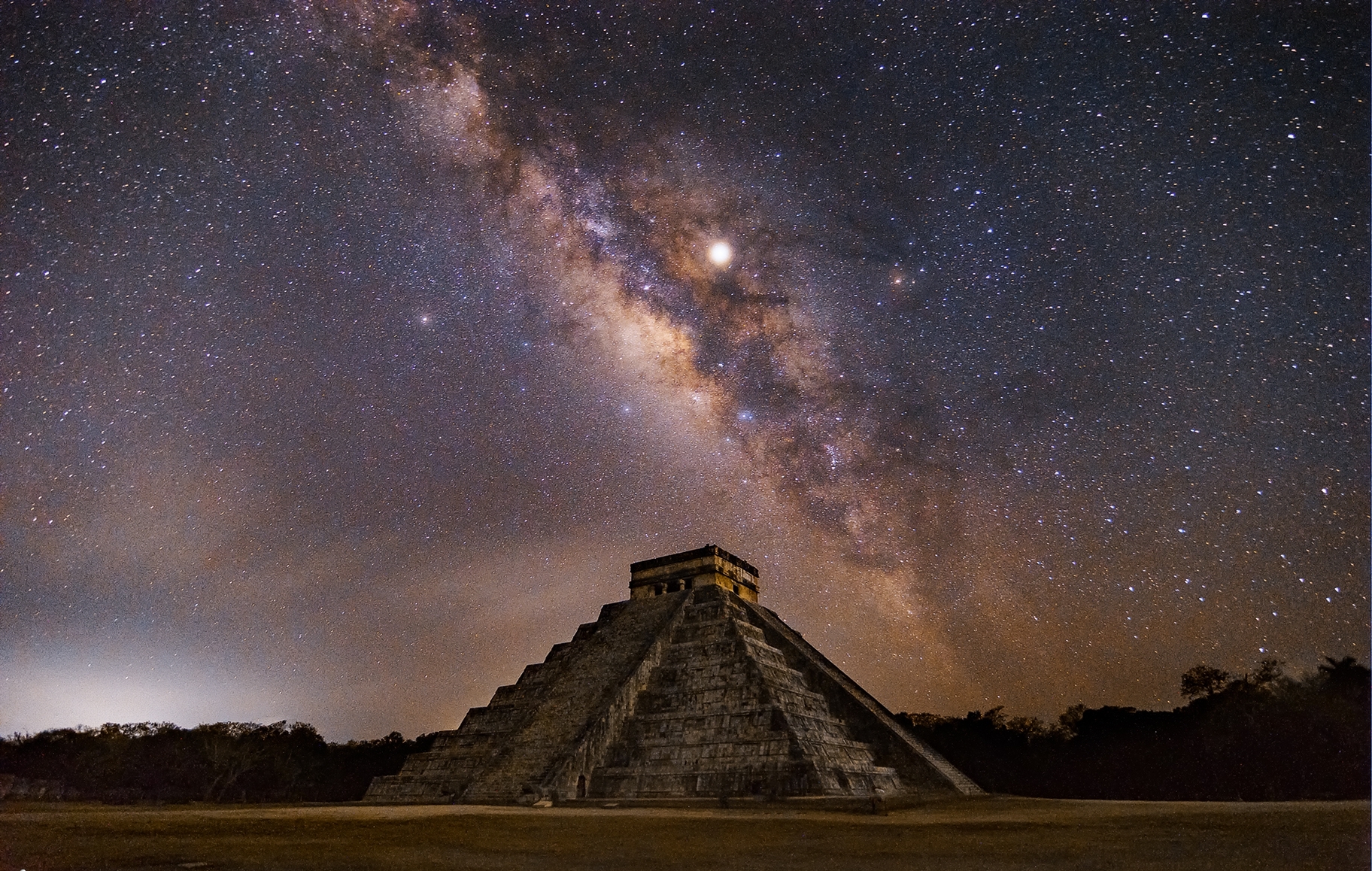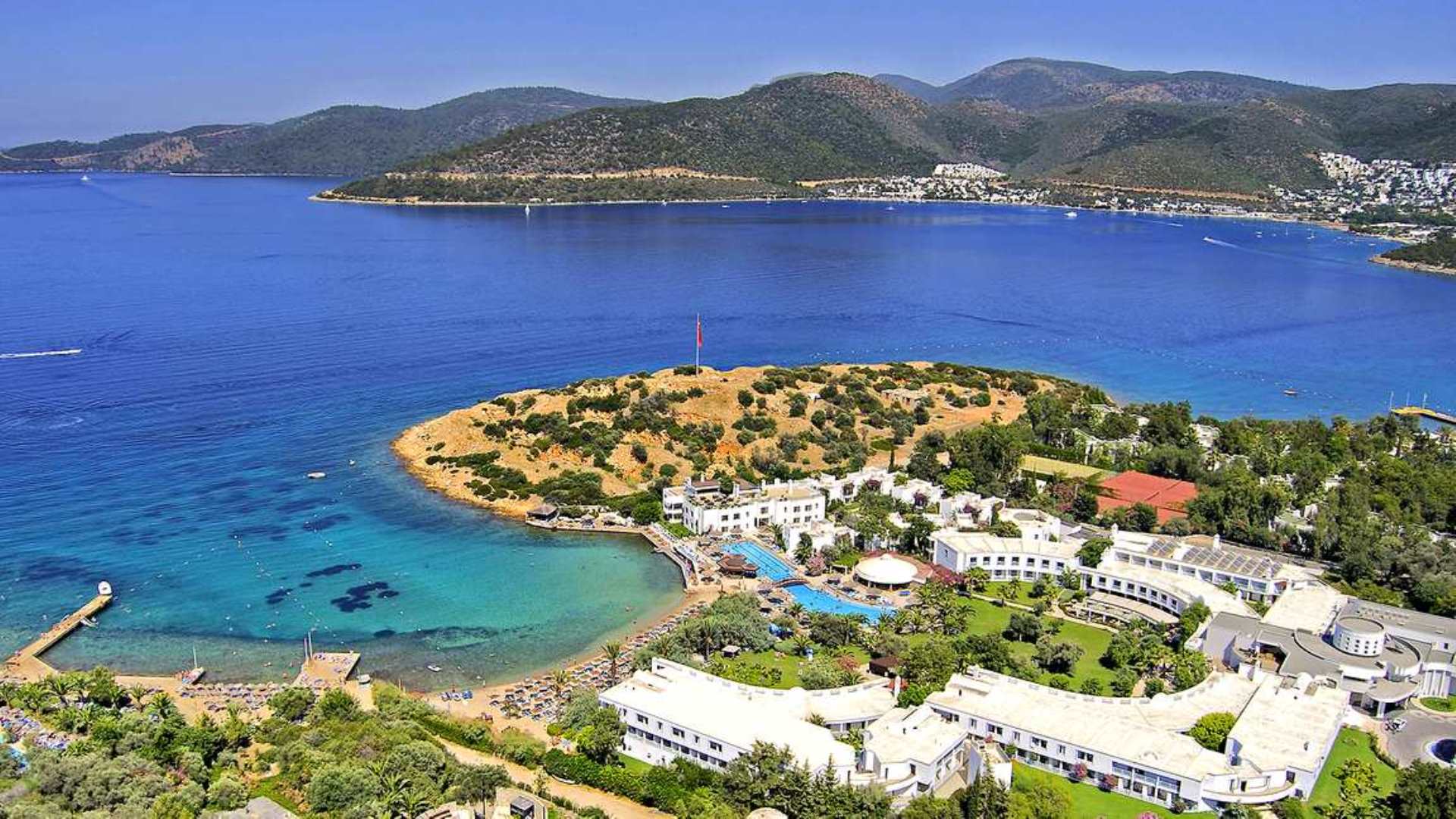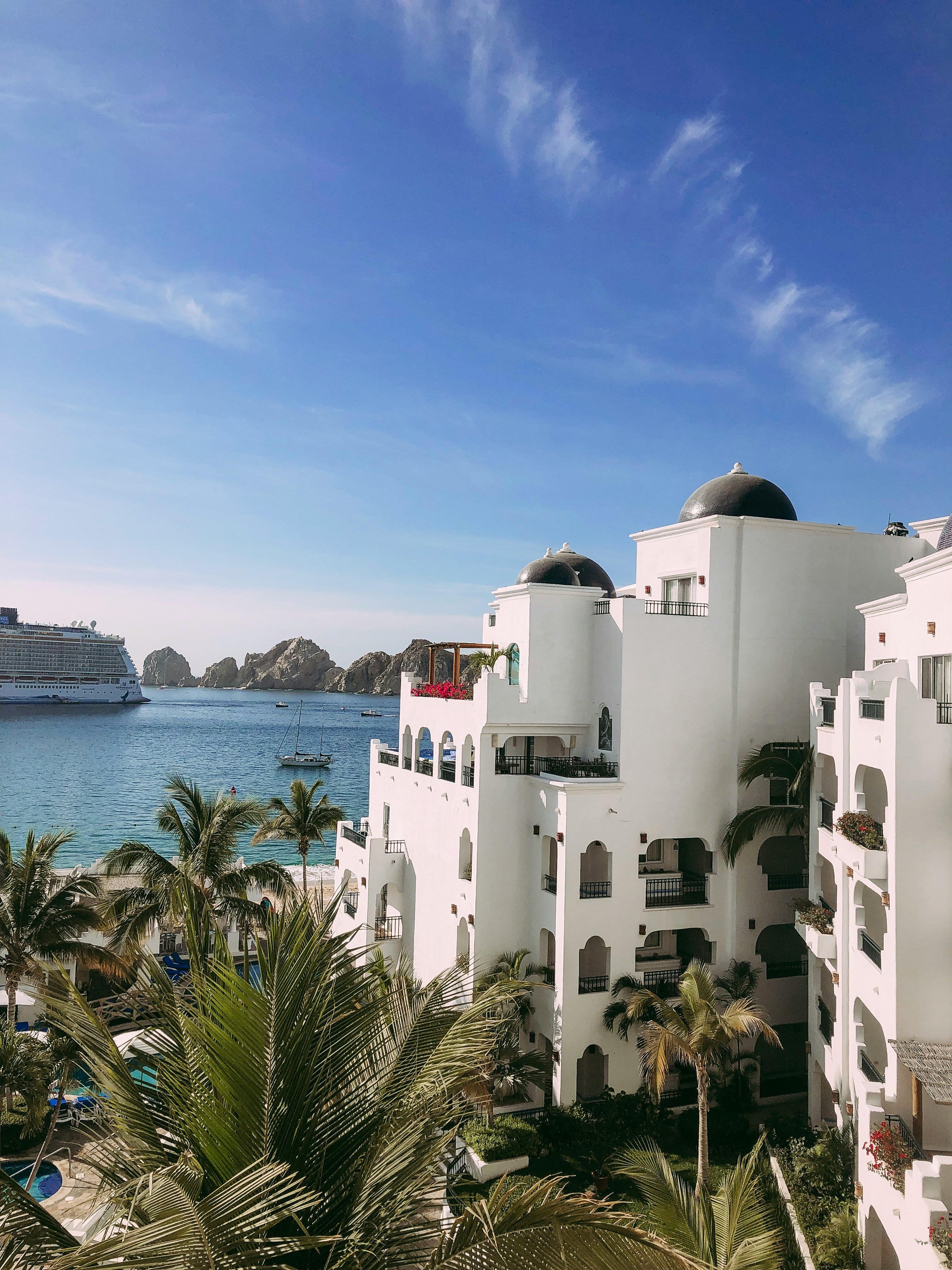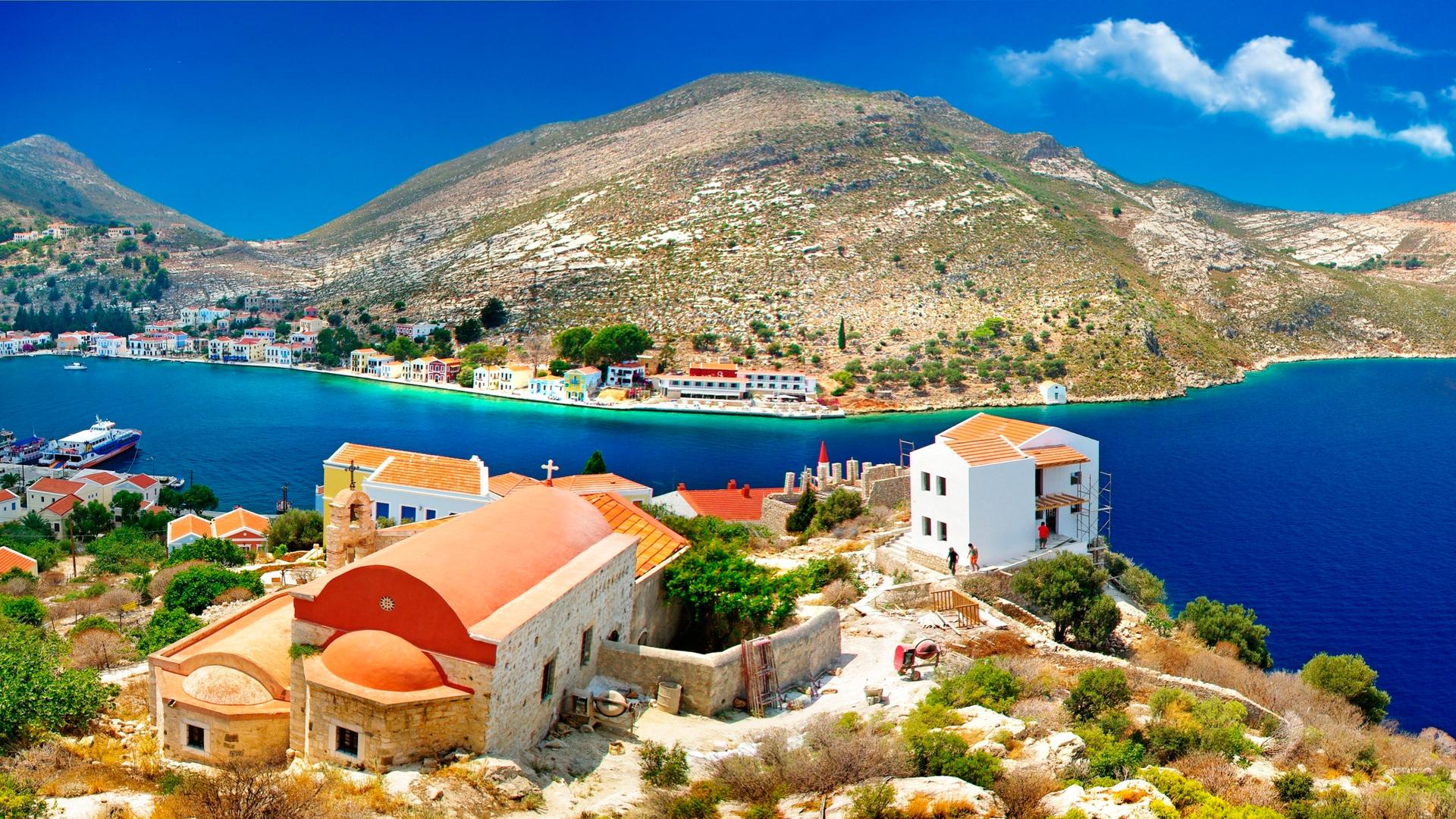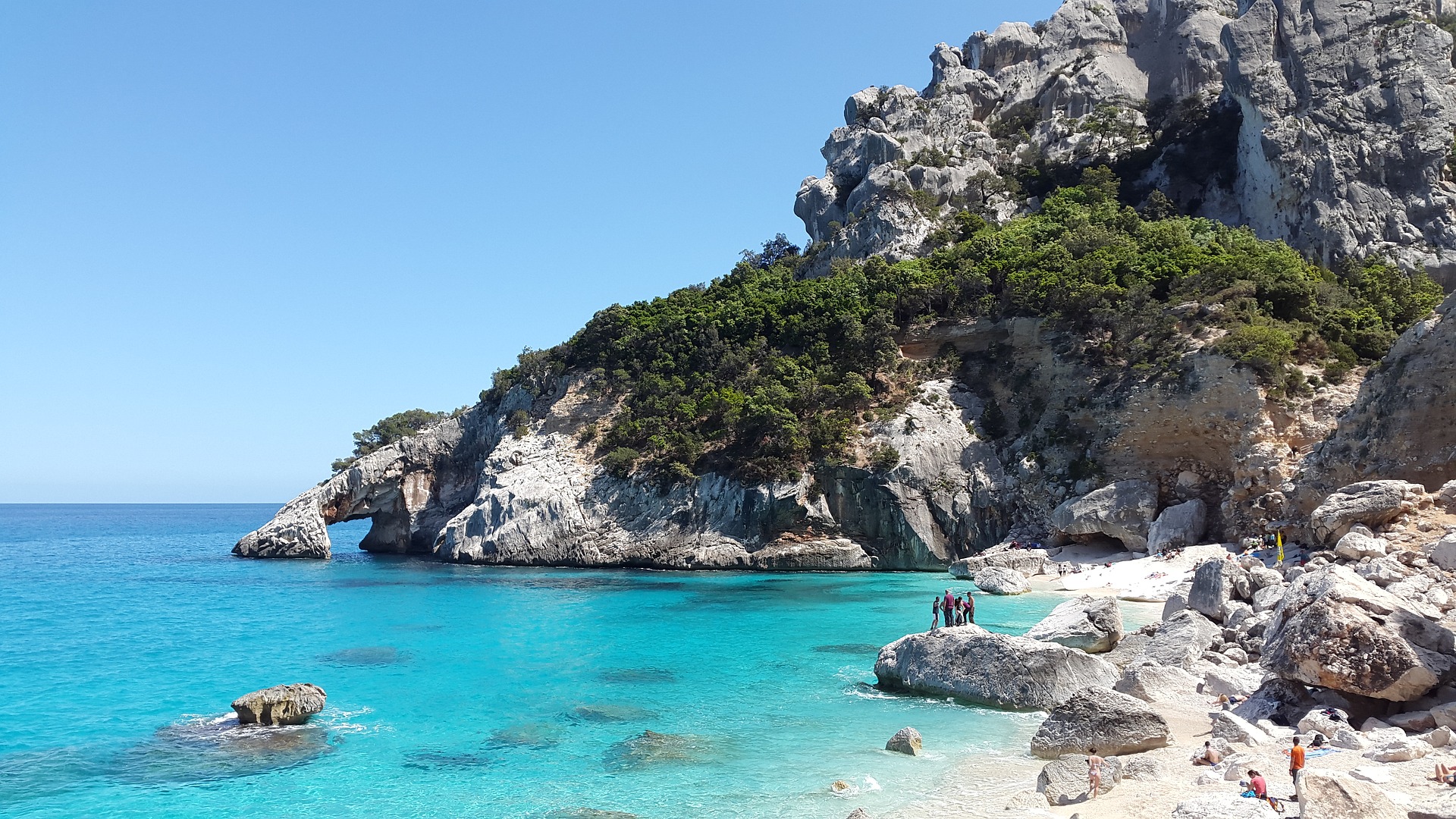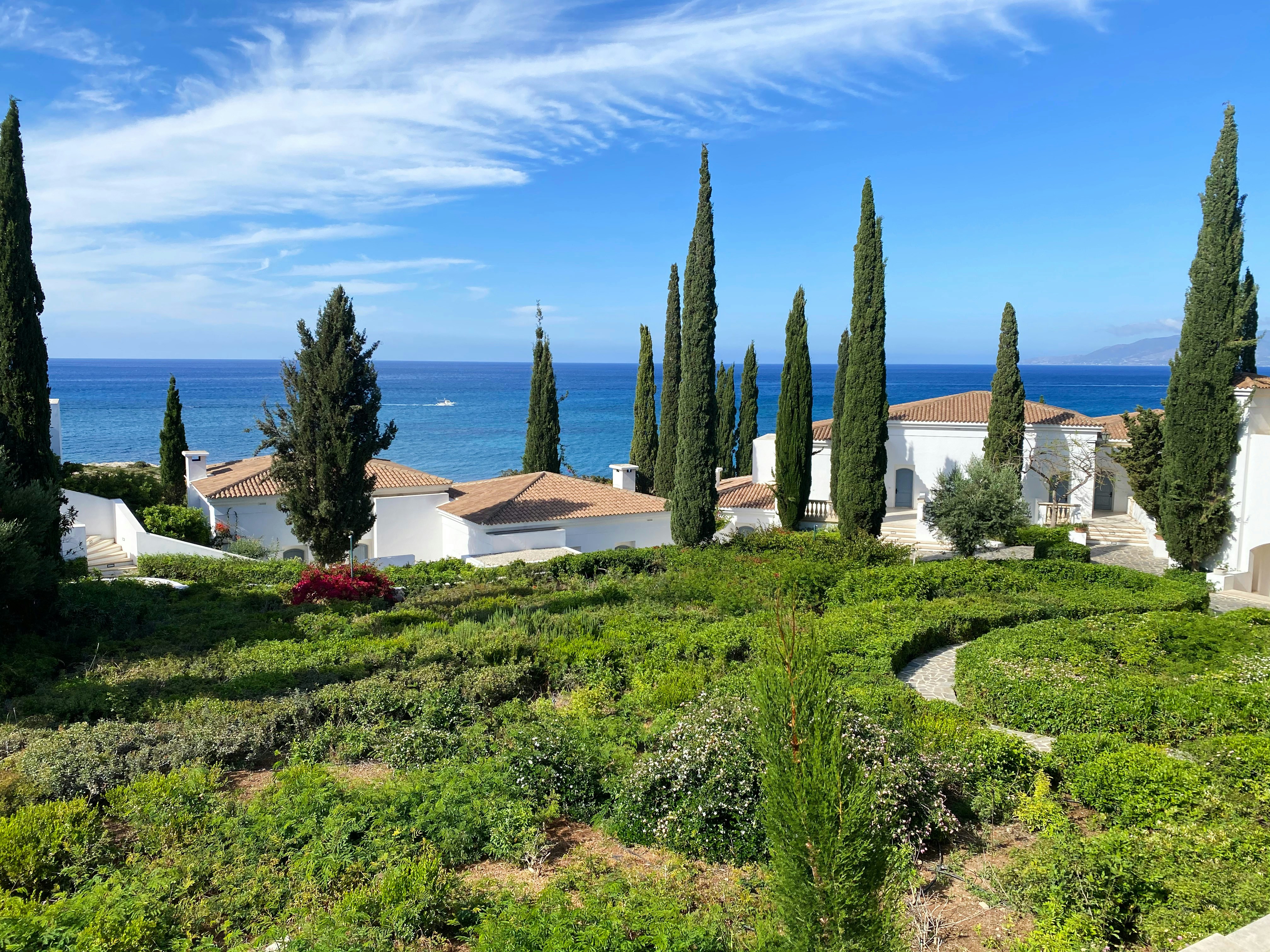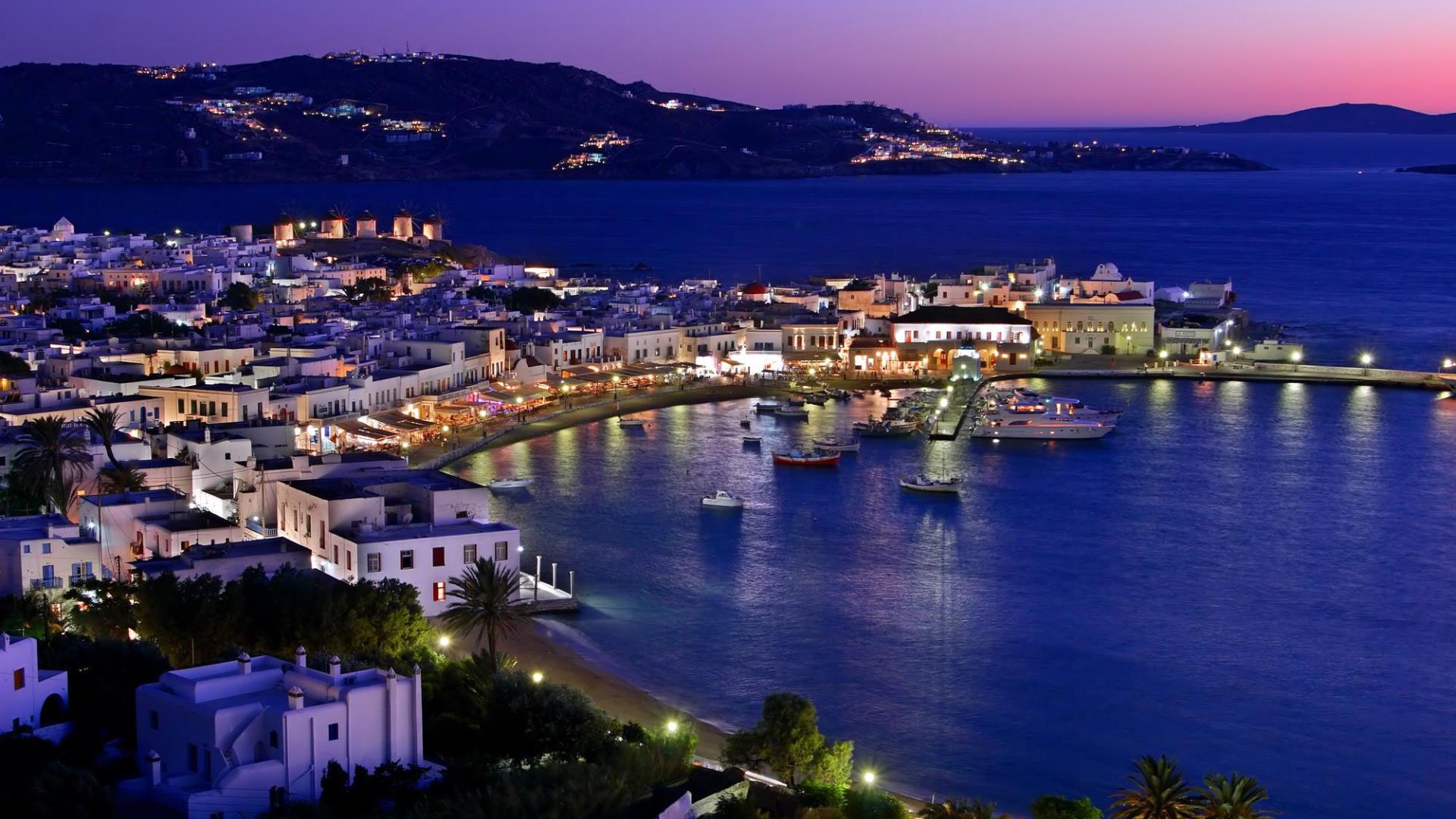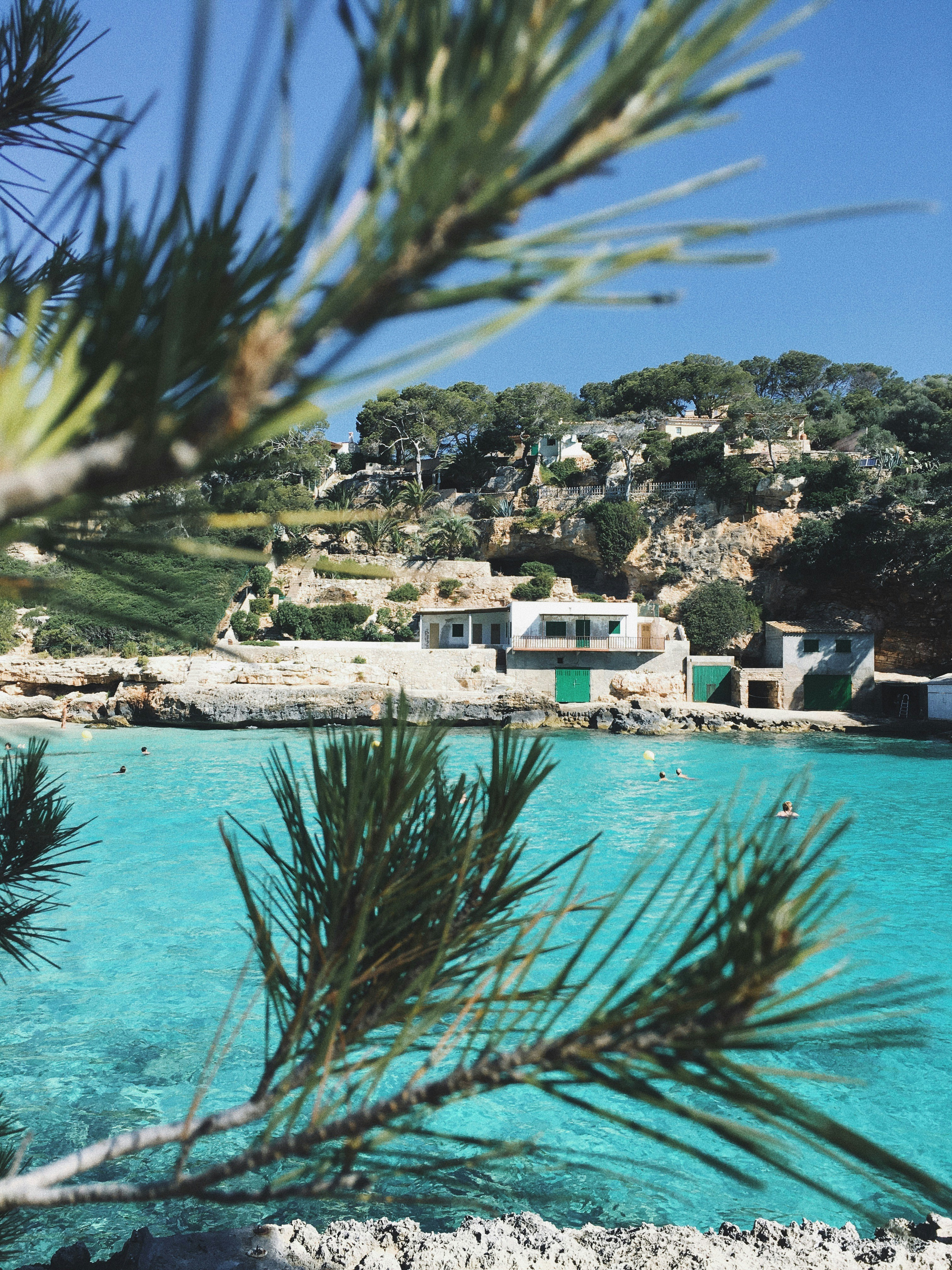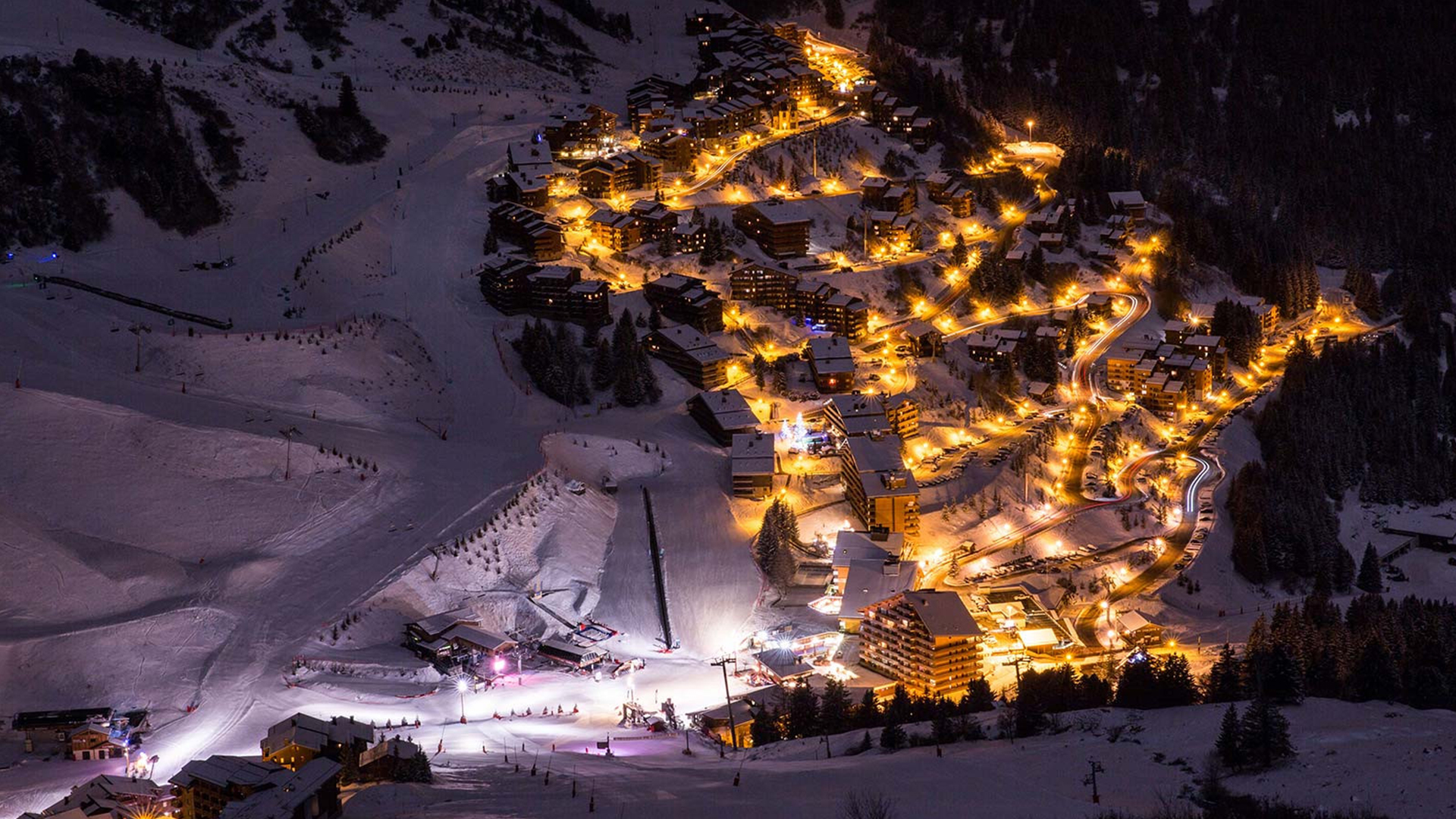Holidays in Guangzhou
Guangzhou - China ' s largest industrial centre, the world-renowned light industry centre. Guangzhou has about 100 wholesale markets, various kinds of goods and hundreds of thousands of industrial enterprises, factories and factories.
The International Exhibition of Chinese Tovars, one of the most important events of the year in the world of production and trade, is held twice a year in Guangzhou. Guangzhou is the South Worth of China, the capital of the province of Guandun, the political, economic and cultural centre of the south of the CPD. Guangzhou is one of the 24 historical cities of China, with over a year of history. A long time ago, the sea Silk Road started here. More than 2,000 years ago, in the Western dynasty, Khan was founded by a merchant port, from which other ships took Chinese goods. Until now, the relic remains of the ship ' s dynasty of Qin and Khane have been maintained, showing how many vessels were developed in Guangzhou at a long time when the city was the main trans-shipment point at the Shelkov Puti.
The city's symbol is goats on the sherb. According to the legend, there were five gods on them. Each of the goats kept a five-bone bullet in their mouths so that the people would never starve. Indeed, the standard of living in Guangzhou is much higher than in other cities in China.
Notice
72 martyrs.
Behaved in memory of the victims of the Canton rebellion on 27 April 1911. Only a few months later, in October 1911, the empire of Qin collapsed. Mausolei was raised in 1918 for Chinese money from all over the world, the most famous revolutionary monument of pre-communist China. When mausoleum was built, a variety of ideas and architectural symbols of freedom and democracy were collected, up to the statue of freedom in a reduced version. Mausolei is standing on the Holme of the Yellow Flow (Huanghuagang) on the Xianli Zhonglu Street.
Sun Yatsena Memorial
This room on Dunfeng Lu Street is in honor of Dr. Sun Yatsen. In 1929-30, foreign Chinese and Kanton nationals collected money. The room is an eight-angle monolith of 47 m high and 71 m wide.
Temple Shesty Banyanov
First building on it.
The Temple is located in the centre of the city on Lurunlu (Liurong Lu), west of Tzefanjunlu (Jiefang Zhonglu). It should be noted that this temple, as many others in Guangzhou, is active, and it is better to refrain from taking pictures of knee-proclaimed visitors, monks or from taking pictures of themselves against the altar.
The temple of the Son of Extremeness
One of the oldest in Guangzhou. The oldest Buddhist temple in this place relates to the fourth century N.e. This is the sixth patriarch of Zen-Buddishism, Hoy Neng, who was a student in the seventh century. The current Temple Building dates back to the sixteenth century. The Temple is located in Hongshu Lu, north-west of the Temple of Shesti Banyanov. Part of the temple is given to an antique store.
Temple of the Five Duchov
This Daos temple is standing in a place where the sky came down from the sky, scattered on five goats, five heavenly creatures in five different colours. Every spirit has a stalk of rice that they gave to people as a sign that there will never be hunger again. This is how the town of Guangzhou arose. In the temple's palace, there's a great deepening in the rock. They say it's a trail of heaven's spirit. The great temple is the huge dynasty of Min, the largest in the province, 3 m high, 2 m in diameter, 10 cm thickness, 5 tons weight. The bell doesn't have a language when he suddenly calls on his own, it's considered an omen of disaster and disaster for the city. The temple is located at the end of the junction on Hoyfusil (Huifu Xilu) to the west of Zzefannanlu (Jiefang Nanlu).
Cultural park
Park Haichouan
The People ' s Bridge (Renmin) connects two banks to the east of the island of Chamyan, Zhujiang. The South Bank is named Hanan (Henan), here and is located in the Haichwan Park. The main attraction of this in the rest of the conventional park is once the largest monastery of Guangzhou, the Monastery of the Okeyan Knowledge. It was founded by a Buddhist monk in 1662 and in the years of its glory, it occupied an area of 2.5 hectares. In 1930, after serving as a barrack for soldiers, the monastery complex was transformed into a park. From the building, there's still a major gym where the music dances are at night. Park is very popular among local residents.
Yueshu Park (Yuexiu Gongyuan)
The biggest park in Guangzhou, 94 hectares. There are five goats in the park that came down to heaven. These sculptures are a symbol of Guangzhou. Zhenhai Tae, also known as the Five-Aid Pagod, is the only slice of the old city. From the top floor, there's a good view: the city on the south side and the White Floor on the north. 12 guns in front of the tower are remnants of Canton's occupation by English and French troops in Opium Wars. There is now a city museum in the pagoda to report Guangzhou ' s history from neolitic times until the beginning of the twentieth century. To the south of the Tower, the Sun Yatsen monument, which was built in 1929 at the site of the Goddess of Guanjin (Kuanyin), is being elevated. There's also three artificial lakes in the park, one can ride boats.
Huishen Mecheti
The original mosque in this place was founded in 672 by the first Muslim missionary in China, allegedly by the uncle of the Prophet Muhammad. The name of the mosque means " Remembering the Prophet " . There's a minarette called Guanta (Guangta) or Sweet Bashny. The sword is on Guantalou Street (Guangta Lu), east of
Church of Saint Heart
The Catholic temple built by the French architect of Gillemin at the end of the nineteenth century in a chotic style. The Chinese call it a stone house because it's completely built from the brink. The Church is located on Idela (Yide Lu), near the Zhujiang River, the masses serve on Sundays.

